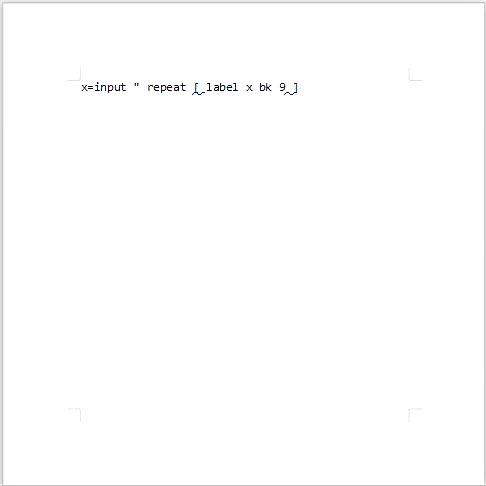OP did not specify how the output should happen, said only it has to happen endlessly with a newline after it. AHK was not tailored for cmd interaction. So the output happens repeatedly in a ToolTip at mouse position:

loop
tooltip,%1%`n`n
I like AHK's loop feature. loop repeats the next block forever, loop, 10 would repeat it 10 times. Sometimes I miss this feature in other languages like Python.
The escape character in AutoHotkey is ` (so there are no problems with backslashes in Windows paths). For some reason, a trailing newline is ignored so it is needed twice. (trayTip might not have this "bug" but I cannot test it because running with wine)
old answer:
loop
msgbox,%1%
I just realized that OP probably wont like this solution, the output happens with user-interaction and includes no newlines. I'll look for another way.

